Amanita verna: a deadly fungus
3 years ago · Updated 6 months ago
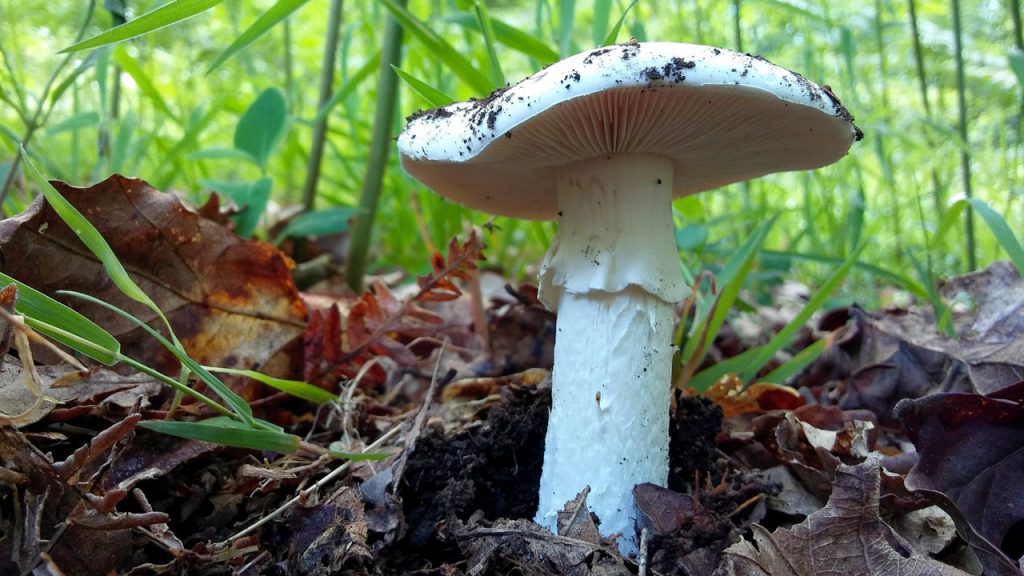
- Amanita verna, a deadly mushroom that mainly appears in spring and requires extreme caution. We are very concerned about showing you how to differentiate between these potentially dangerous mushrooms. Amanita verna is undoubtedly one of the most toxic. That is why it is the duty of every mushroom picker to know them, so that they do not accidentally end up in their mushroom basket and cause harm. We will explain how to recognize Amanita verna, where to find it, and what mushrooms it can be confused with. Characteristics of Amanita verna, the spring hemlock mushroom
- How to recognize the death cap mushroom
- What does the Amanita verna look like?
- Confusion between Amanita verna and other mushrooms
Amanita verna, a deadly mushroom that mainly appears in spring and requires extreme caution.
We are very concerned about showing you how to differentiate between these potentially dangerous mushrooms. Amanita verna is undoubtedly one of the most toxic. That is why it is the duty of every mushroom picker to know them, so that they do not accidentally end up in their mushroom basket and cause harm.
We will explain how to recognize Amanita verna, where to find it, and what mushrooms it can be confused with.
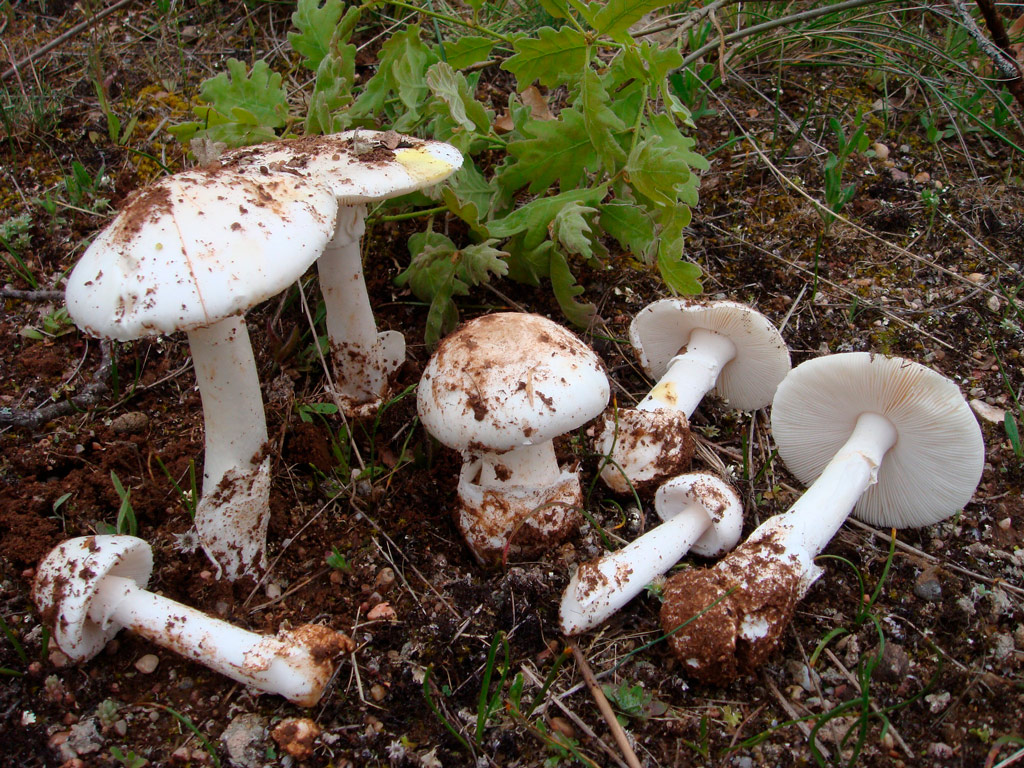
Characteristics of Amanita verna, the spring hemlock mushroom
Its delicate appearance and pure white color would not suggest that it is one of the most poisonous, even deadly, mushrooms. That is why we will explain the main characteristics and properties of this deadly mushroom.
Common names of Amanita verna
The scientific name for this mushroom is Amanita verna, but it has many common names. It is a fairly common species of mushroom and well known where it grows. In Spanish, it is known as ciguë blanche or ciguë printanière, oronge blanche. Its name in Catalan is cogomasa and in Basque hiltzaile goiztiar
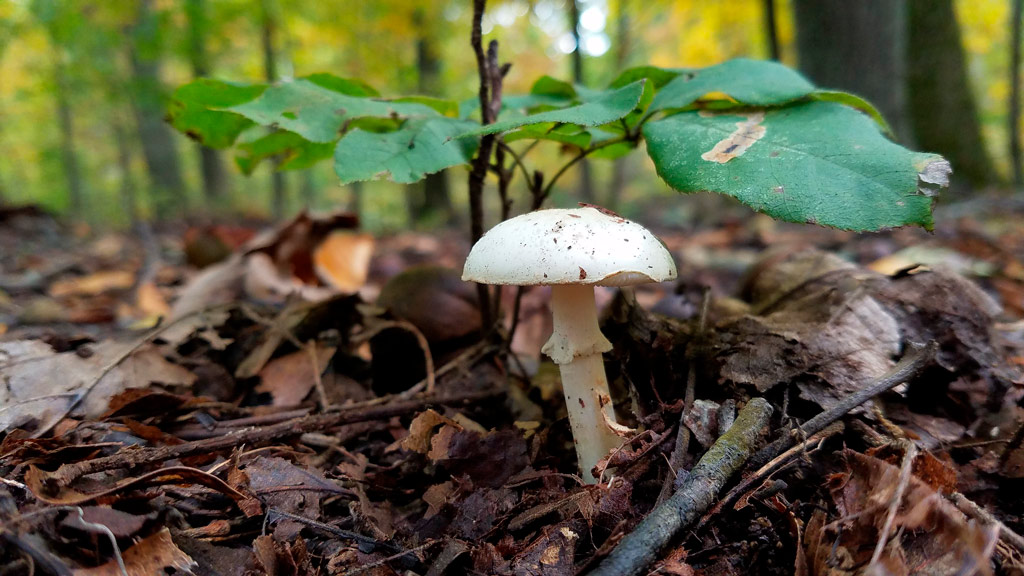
How to recognize the death cap mushroom
- Cap: it usually measures between 3 and 9 cm in diameter. In young specimens, it is hemispherical, but becomes convex in adults. The edge of the cap is smooth without ridges and fairly regular
- Cuticle: It separates easily. In humid weather, it is rather dry and rarely slimy. Normally thin and smooth. Dry texture. Its pure white color is a very distinctive feature, especially in young specimens. This color turns cream in adults.
- Gills: delicate, white, fairly dense and rounded. It has a few small gills interspersed between larger ones.
- Stem: Cylindrical and firm. It tapers towards the top. Its texture near the ring is silky.
- Ring: white, fragile, located high on the stem, sometimes with slight streaks.
- Volva: sac-shaped, fragile and membranous. It is usually deeply buried and may detach when the mushroom is extracted. This is one of the main causes of confusion between this mushroom and others.
- Flesh: unpleasant smell and taste. Fragile and marked white in color.
What does the Amanita verna look like?
The Verna is also known as the white hemlock and white morel. Like other hemlocks, it is a deadly mushroom! ! !
The Amanita verna has a volva that surrounds the stem. It is white in color and attached to the stem.
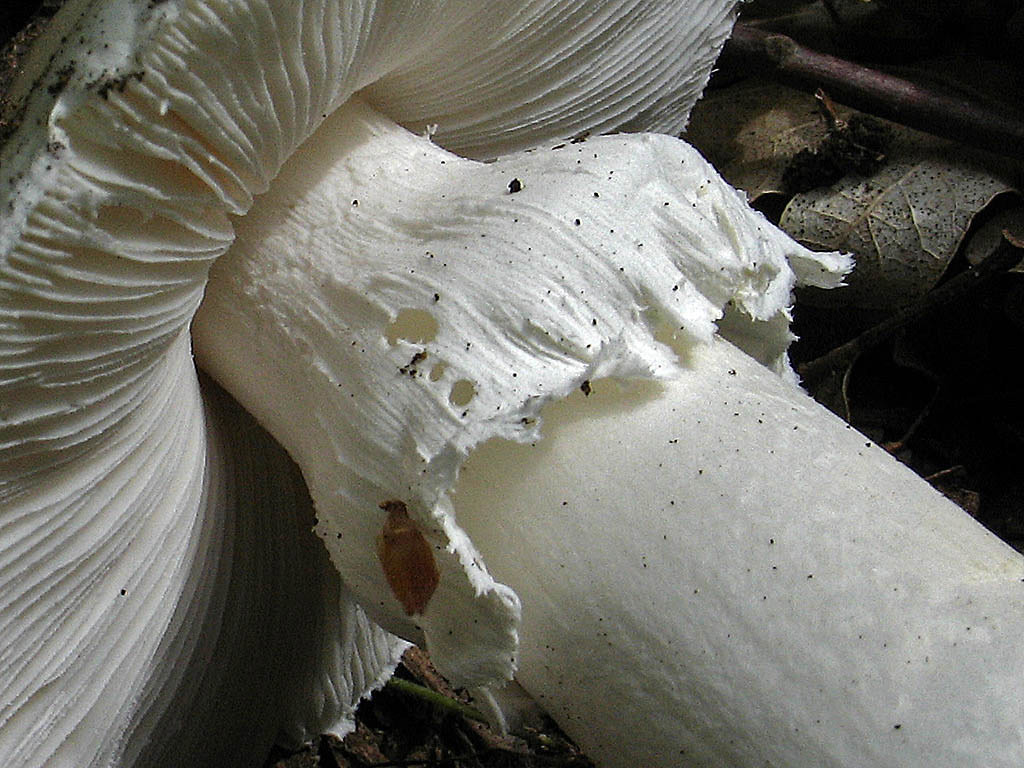
Toxicity of Amanita verna
This is a highly toxic species of mushroom. It belongs to the group of deadly amanita mushrooms (Amanita phalloides, virosa, and verna). A single specimen can kill an adult.
It is classified as a deadly poisonous mushroom. This mushroom contains many toxins, among which phalloides and amanitins stand out.
What is the habitat of Amanita verna?
This mushroom likes pastures and mixed pine forests. This often leads to confusion with certain meadow mushrooms, especially gurumelos, with which it shares its habitat and appearance period. This type of mushroom prefers acidic soils.
Where does Amanita verna grow, avoiding confusion
Fortunately, the two are not found in the same habitat. Amanita verna usually appears among holm oaks, while the mushrooms can be found both in meadows and in pine forests of Scots or white pines.
It prefers calcareous soils in beech and oak forests and, although less common, also in coniferous forests. It appears mainly from late April to early autumn.
In the mountains, these two completely different habitats can be separated by just a few meters. It is not at all difficult for a distracted collector to leave one and enter the other. In this way, they run the risk of picking up a few specimens of what at first glance appear to be excellent mushrooms. If, to make matters worse, they had the idea of cutting off the stems when removing them, as many people do very badly, the resemblance between the poisonous mushroom and the edible mushroom is so great that it is difficult for the untrained eye to distinguish one from the other.
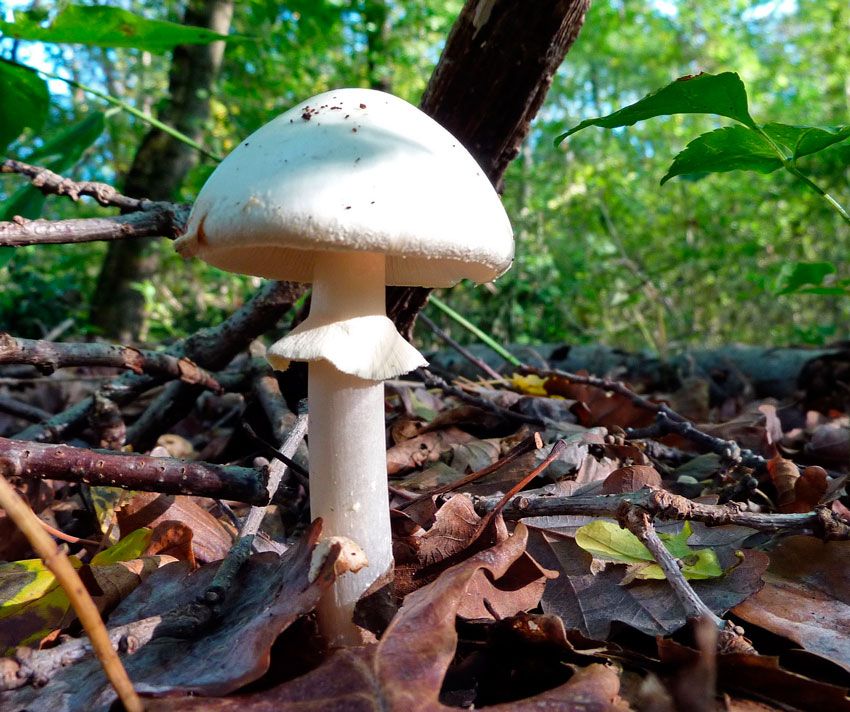
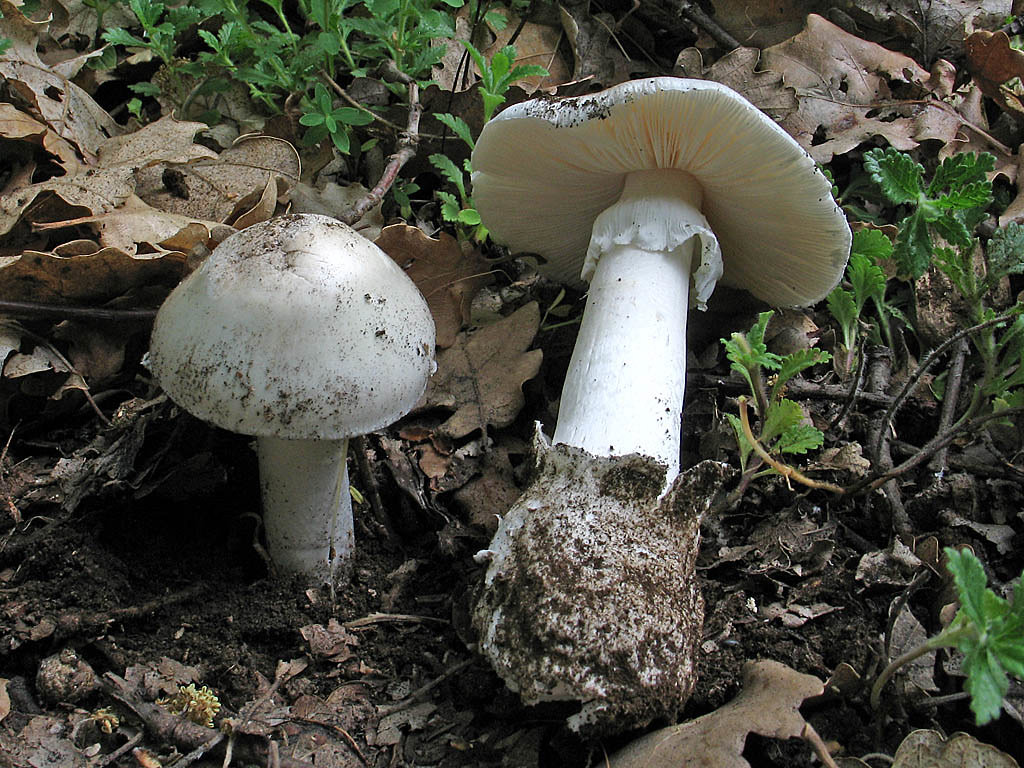
When can we find Amanita verna in the wild?
This is mainly a spring mushroom. It normally grows alone, although we can also find it growing alongside other specimens.
Confusion between Amanita verna and other mushrooms
Poisoning from accidental consumption of this mushroom is common, and every year we hear tragic news of people who have picked it by mistake, confusing it with other mushrooms or with gurumelos de dehesa.
The difference between mushrooms is obvious if you look at the color of their gills, which in the case of Agaricus are pinkish and never have a volva, as is the case with spring hemlock.
Another common confusion is with Amanita virosa, although in this case it is an autumn mushroom. Confusion with this mushroom would also be tragic as it is another very dangerous amanita.
The appearance of Amanita verna is very similar to that of the green hemlock or Amanita phalloides, although in this case the grayish-green color of its cap makes it easily distinguishable.
But without a doubt, the most dangerous confusion, which unfortunately occurs season after season, is with Amanita ponderosa, the famous gurumelo.
Don't be fooled: Amanita verna and Amanita ponderosa, a dangerous mix-up.
In the fascinating world of mushrooms, there is a mix-up that can put your well-being at risk. We are talking about the confusion between two species: Amanita verna and Amanita ponderosa, also known as gurumelo. These two species belong to the same group, and it is easy to fall into the trap of confusing them. But don't worry! We are here to help you tell them apart and avoid any danger.
Let's start by analyzing the majestic Amanita ponderosa. Its cap, with a diameter ranging from 6 to 20 cm, is larger than that of its counterpart, Amanita verna. The size of the cap can be our first clue to differentiate them, provided we are at the upper end of this range. If we come across a cap measuring just 6 centimeters, confusion may arise.
https: //www. youtube. com/watch? v=KpbvYK6rmqo
Amanita verna vs Amanita ponderosa - Gurumelo
The next distinguishing feature is the gills. In Amanita ponderosa, these are separate, unlike Amanita verna, whose gills appear closer together. In addition, when oxidized or rubbed, the gills of Amanita ponderosa take on a pinkish hue, a detail that can make all the difference. But there's more.
The flesh of Amanita ponderosa gives us another key clue. When cut, it takes on a beautiful pinkish hue and gives off a captivating earthy smell. However, the poisonous spring amanita has no distinctive smell and does not change color when rubbed or cut.
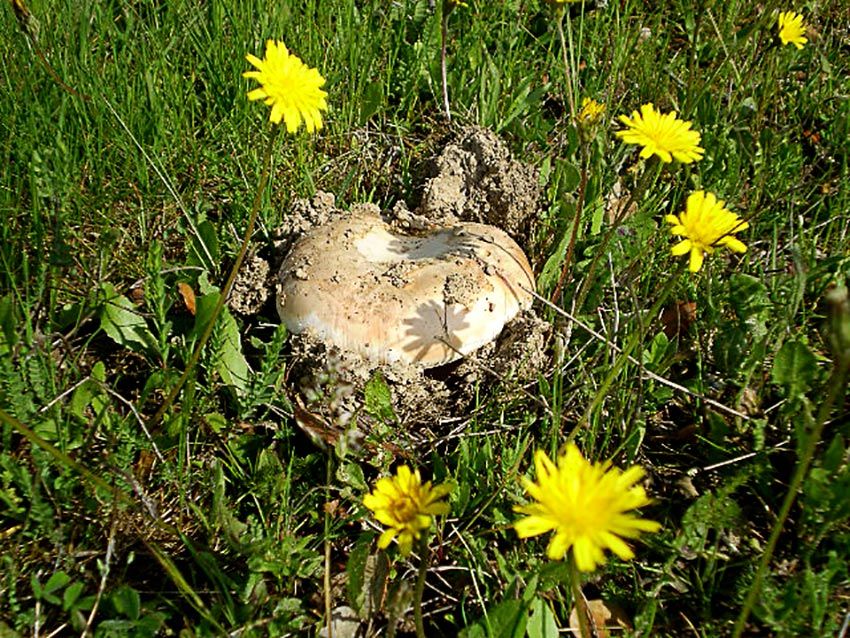
The spring amanita is one of the poisonous mushrooms most easily confused with other edible mushrooms such as button mushrooms or meadow amanita mushrooms.
The importance of paying attention to the mushrooms you pick
It is easy to confuse poisonous and edible mushrooms when we go out into the mountains with our mycological equipment and do not pay attention to certain basic aspects when picking them. It is not surprising that this mushroom season has seen several cases of poisoning.
The conclusion we must draw from this dangerous resemblance is very clear. Even more important than knowing which mushrooms can be harvested in the field is knowing the Amanita verna. This will help us avoid dangerous poisoning.
The best way to learn about these and other species is to consult a mushroom guide. Harvest mushrooms and edible mushrooms with care and select them one by one when you get home. There may always be one left that could cause confusion.
I hope this information will help you learn more about Amanita verna and how to tell it apart from other similar species. Remember, confusion can be dangerous, but by knowing these differences, you can safely enjoy the beauty and diversity of mushrooms. Don't take any risks and dive into this fascinating world with caution and wisdom!
If you found this post interesting, share it with your contacts to avoid any confusion.
Cheers and mushrooms!

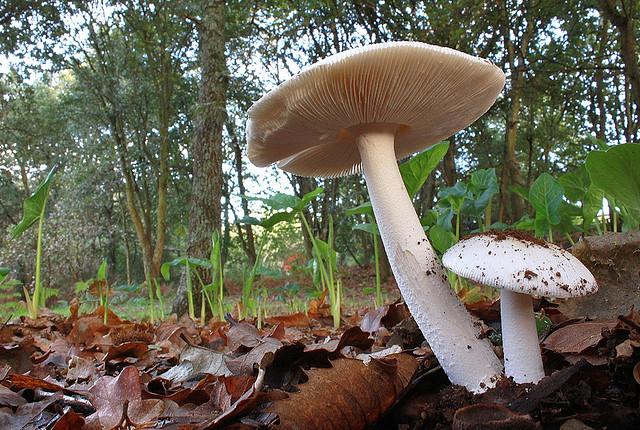
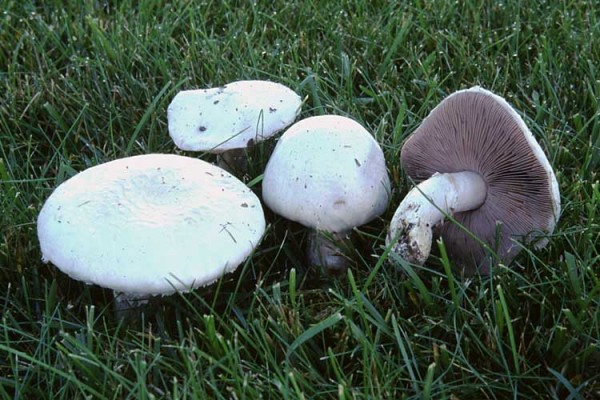
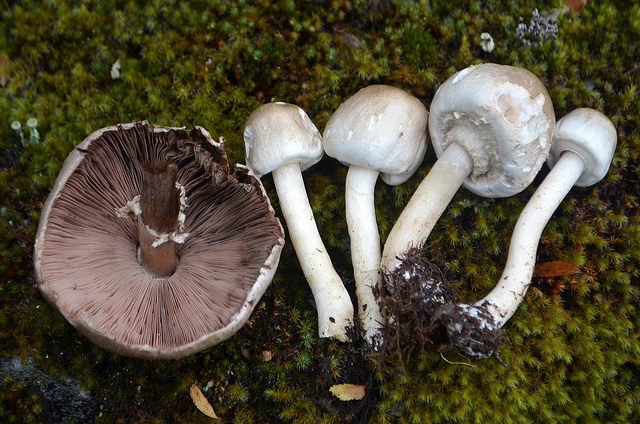
Te pueden interesar